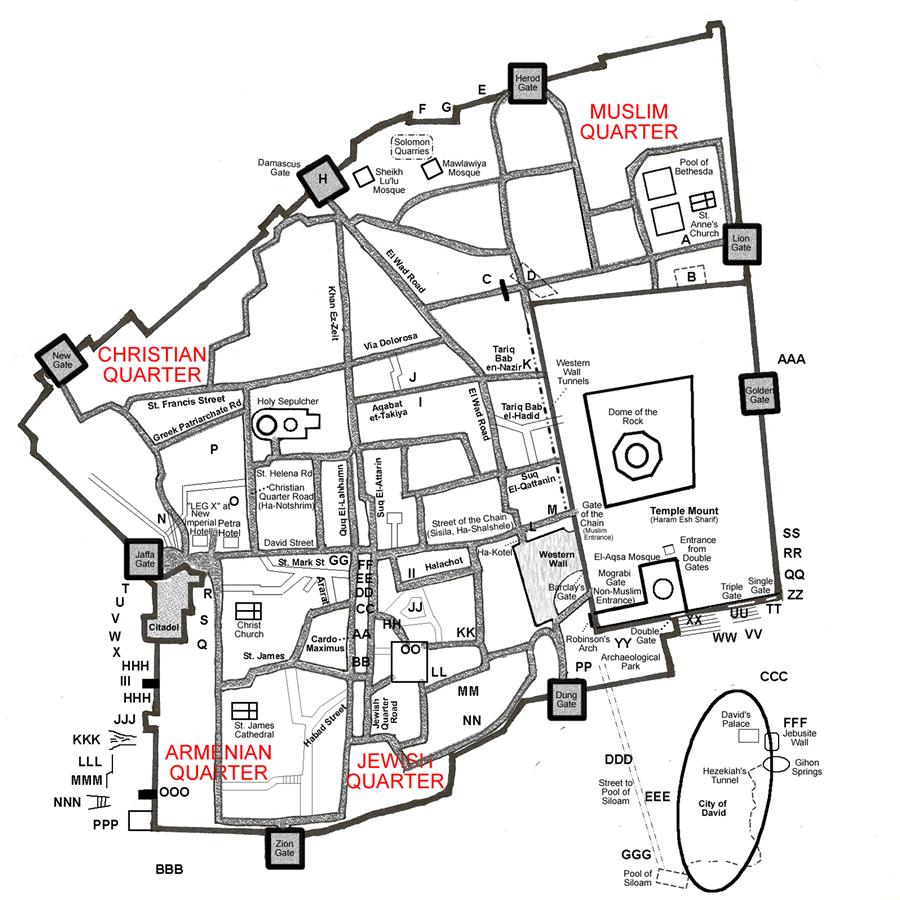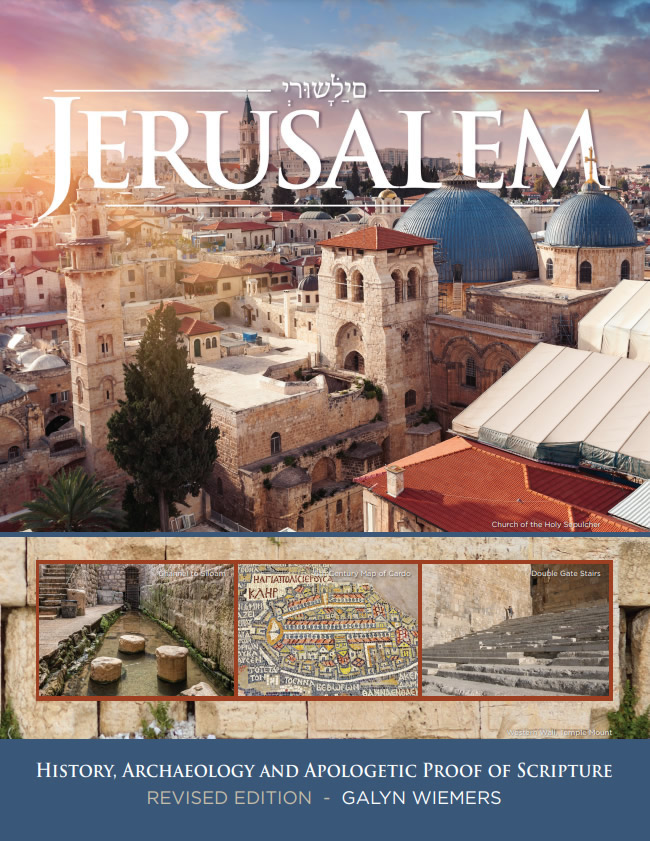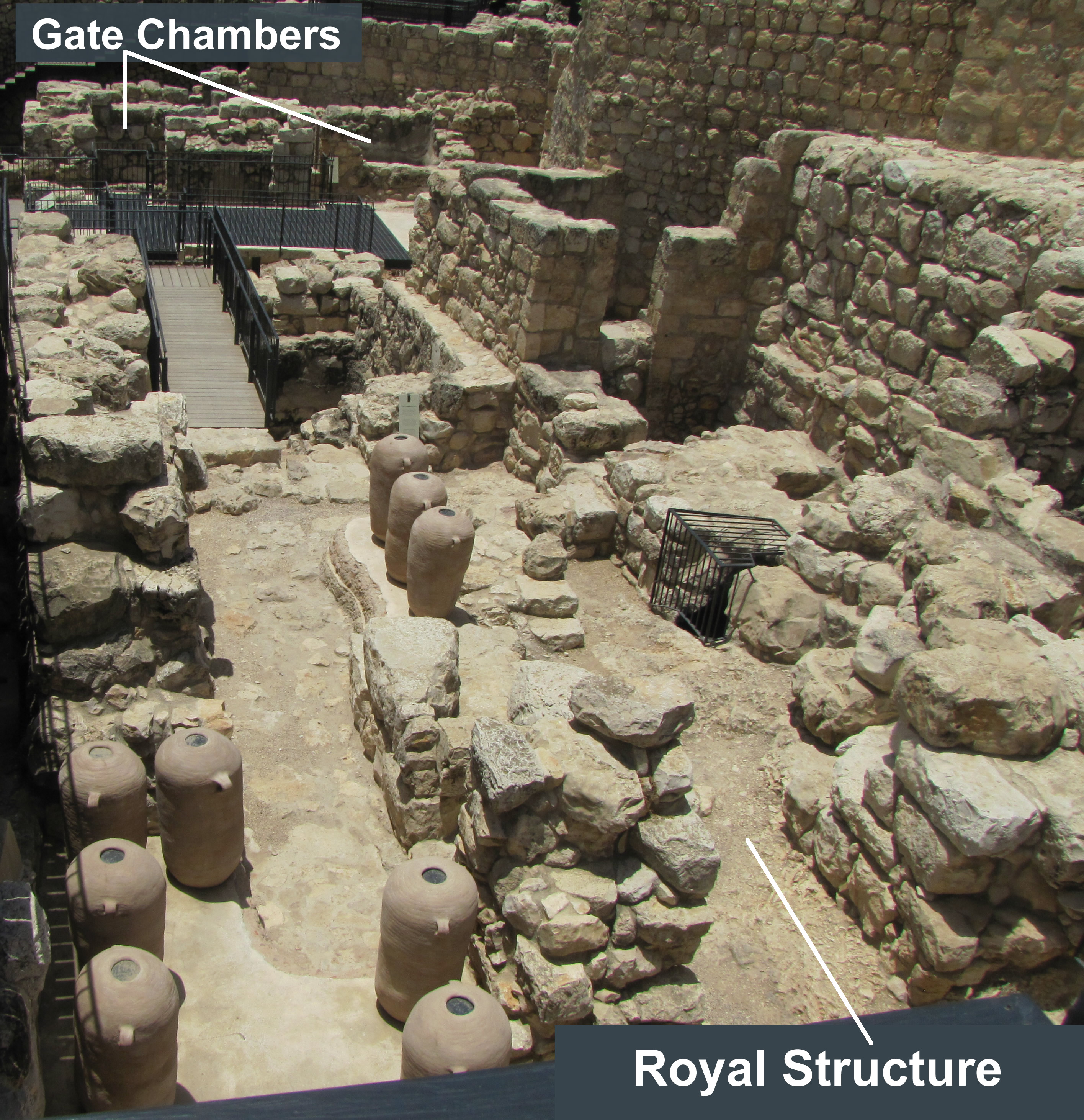
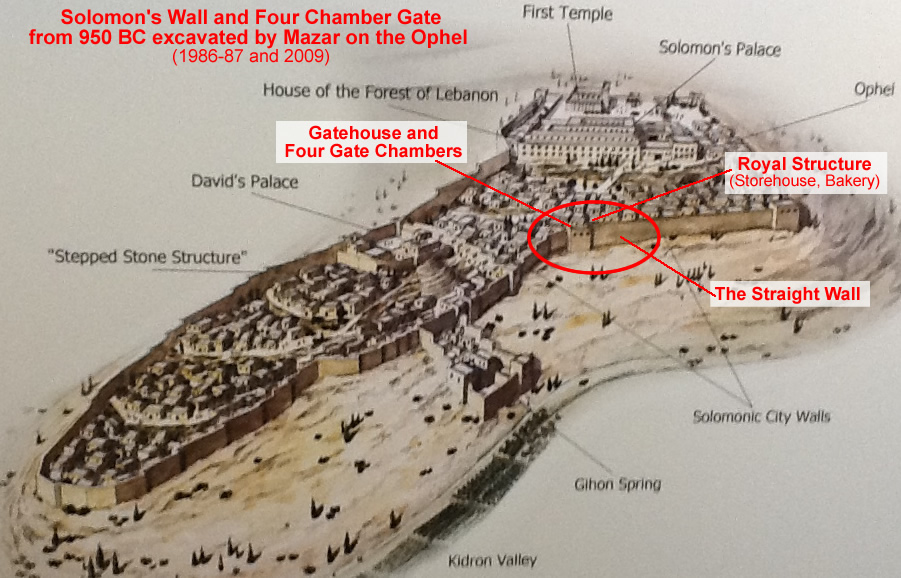
Walls built by Solomon north of David's Palace of Cedar (2 Samuel 5:11) and Solomon's Palace of the Forest of Lebanon (1 Kings 7:2), on the Ophel just south of the Temple Mount on Mount Moriah.
It took Solomon thirteen years, however, to complete the construction of his palace.
He built the Palace of the Forest of Lebanon a hundredcubits long (150 feet), fifty wide (75 feet) and thirty high (45 feet), with four rows of cedar columns supporting trimmed cedar beams. It was roofed with cedar above the beams that rested on the columns—forty-five beams, fifteen to a row. Its windows were placed high in sets of three, facing each other. All the doorways had rectangular frames; they were in the front part in sets of three, facing each other.
He made a colonnade fifty cubits long and thirty wide. In front of it was a portico, and in front of that were pillars and an overhanging roof.
He built the throne hall, the Hall of Justice, where he was to judge, and he covered it with cedar from floor to ceiling. And the palace in which he
was to live, set farther back, was similar in design. Solomon also made a palace like this hall for Pharaoh's daughter, whom he had married. All these structures, from the outside to the great courtyard and from foundation to eaves, were made of blocks of high-grade stone cut to size and trimmed with a saw on their inner and outer faces. The foundations were laid with large stones of good quality, some measuring ten cubits and some eight. Above were high-grade stones, cut to size, and cedar beams. The great courtyard was surrounded by a wall of three courses of dressed stone and one course of trimmed cedar beams, as was the inner courtyard of the temple of the Lord with its portico. - 1 Kings 7:1-12
These walls expanded the City of David to the north. Solomon’s building projects around his palace complex would have required the opening of the northern wall,
leaving a breach. As mentioned before, David may have built his own palace just on the outside of the old north wall of the Jebusite city that had enclosed
their fortress or stronghold. The book of 1 Kings also records Solomon rebuilding this northern wall which would have included him extending the wall further to
the north to include his new palace and thus closing up this breach in the wall made for the many years of construction in this area of the
city on the Ophel. This is the wall recently excavated and seen in the photos.
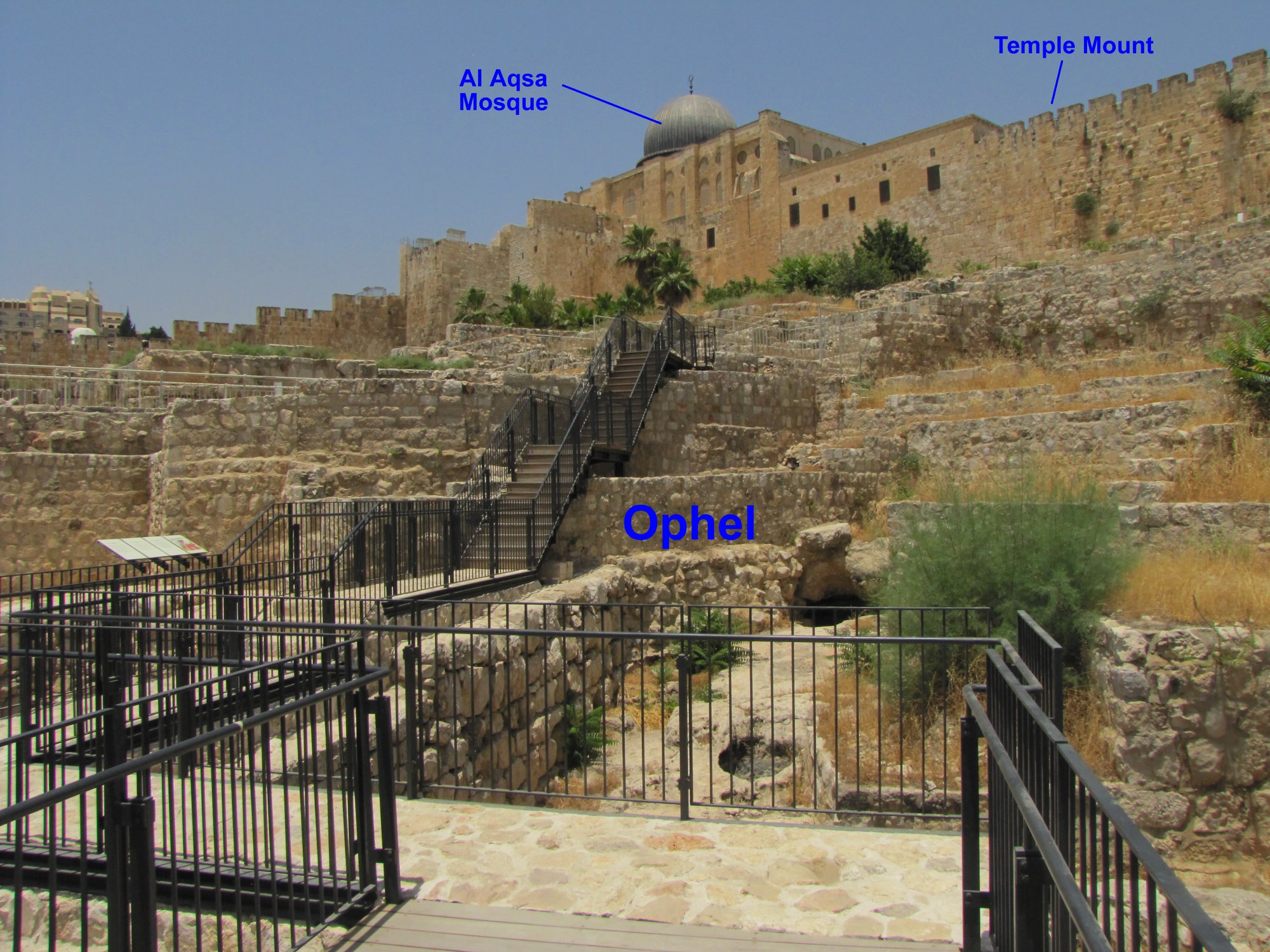
Looking north/northwest over the Ophel as it rises up Mount Moriah to the south wall of the Temple Mount.
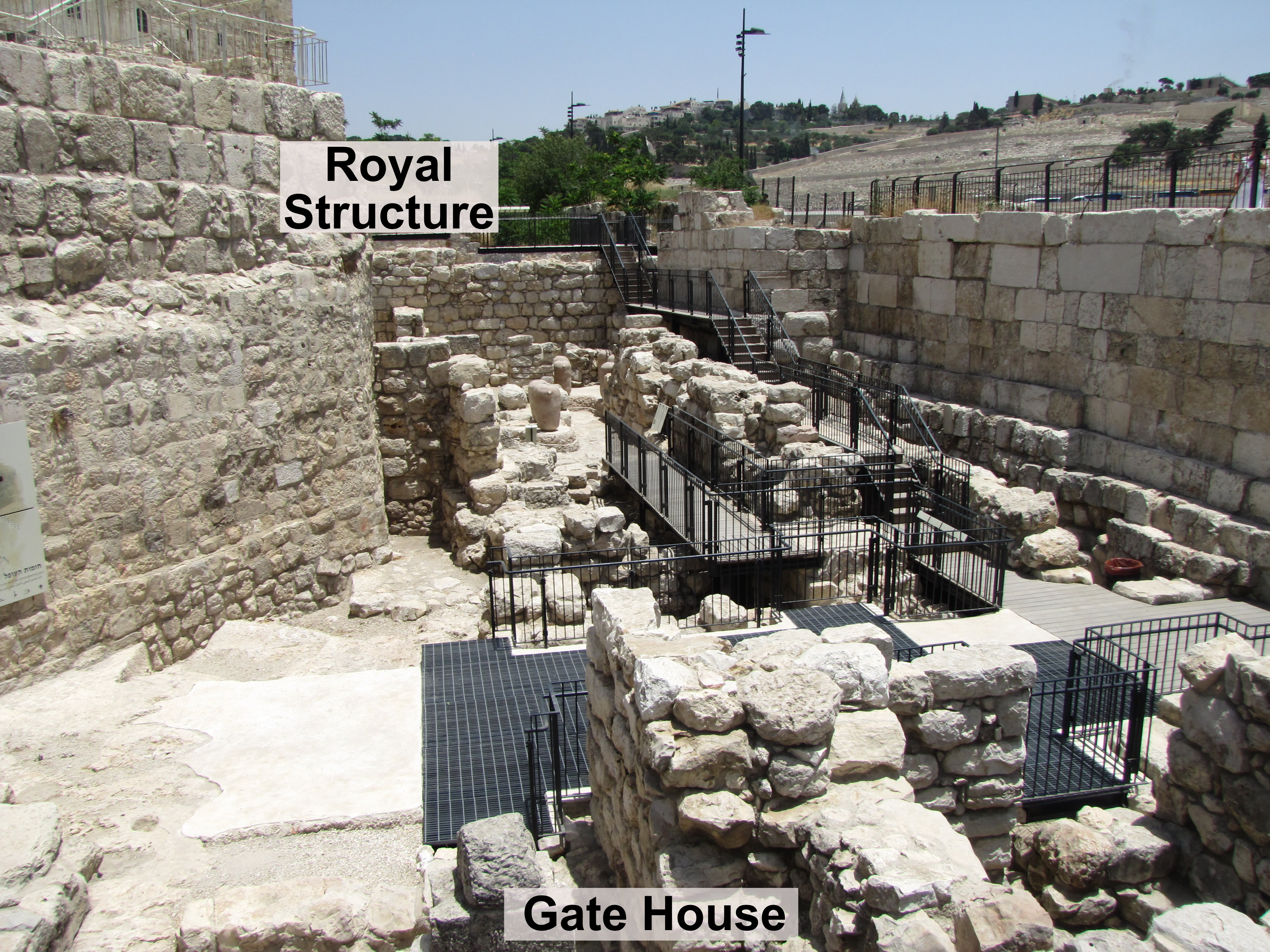
Looking east over the chambers from the northwest corner of the Gate House towards the Royal Structure and the extra tower in Solomon's wall north of the City of David from 950 BC. Mount of Olives is in the background.
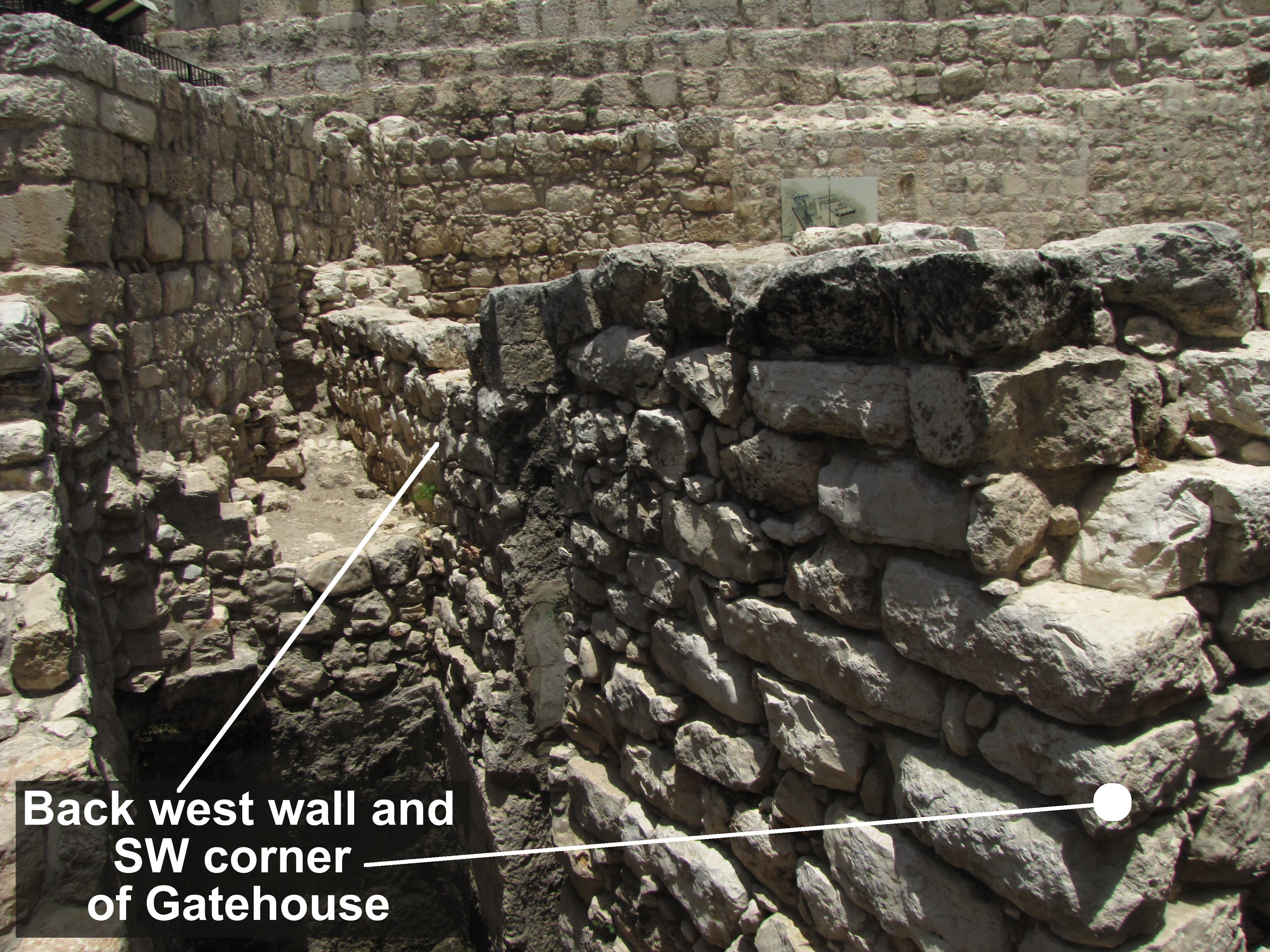
Looking northeast at the southwest corners of the Gate House in Solomon's Gate System in the wall of 950 BC on the Ophel.
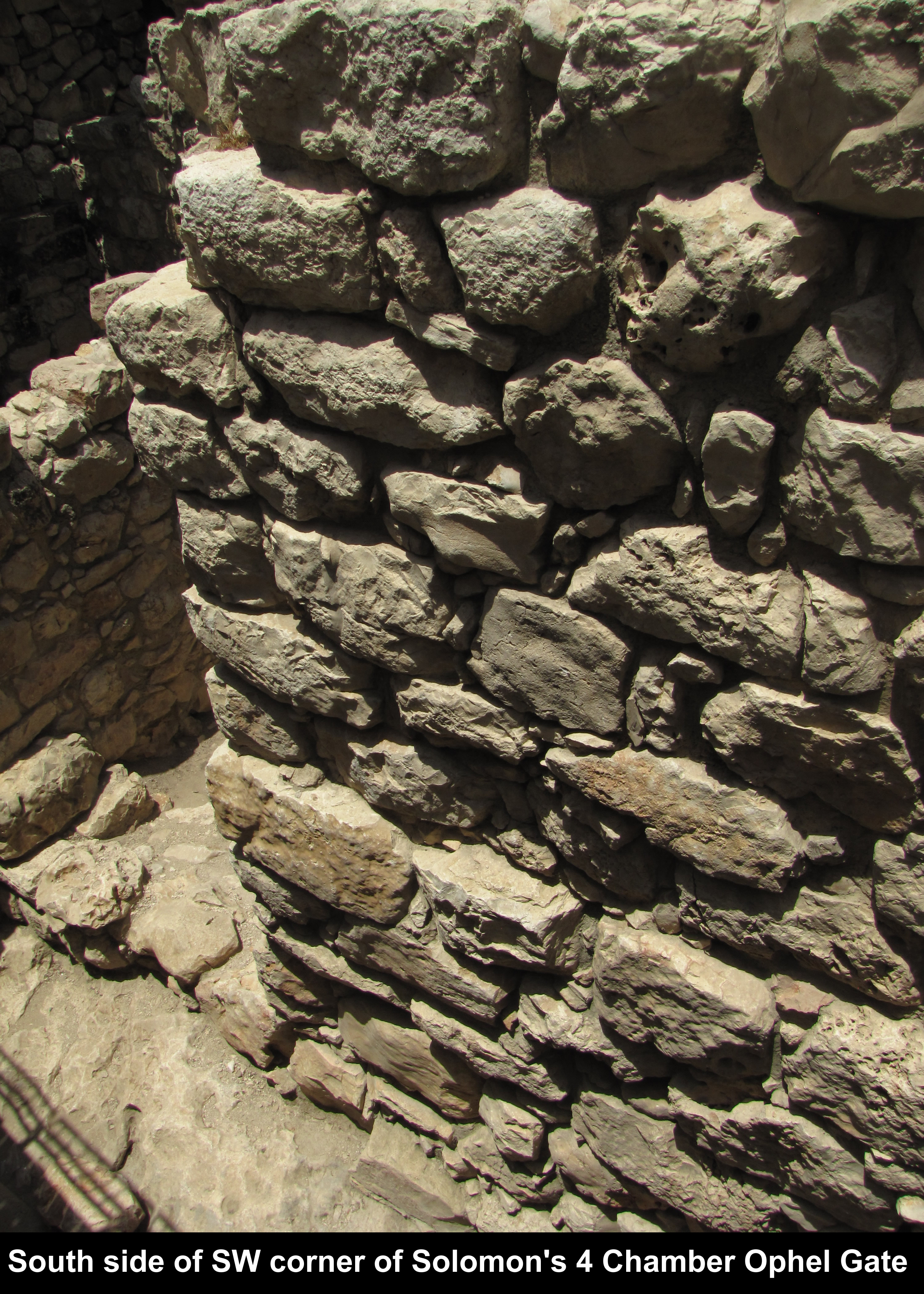
Looking at the south side of the SW corner of the south chamber of the two west chambers of Solomon's four chamber gate on the Ophel from 950 BC.
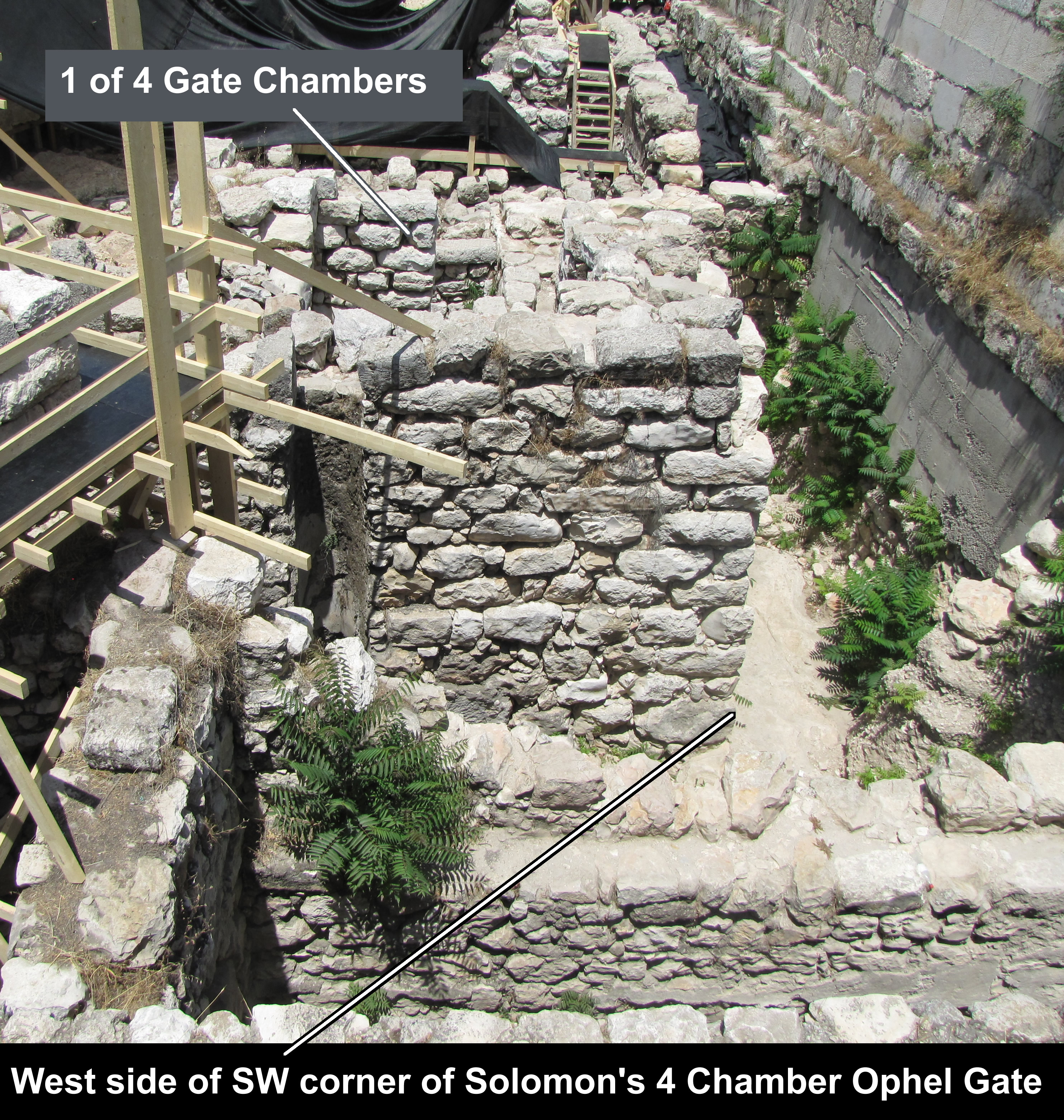
A view looking east at the west wall an the SW corner of one of the chambers in Solomon's 950 BC four chamber gate system on the Ophel.
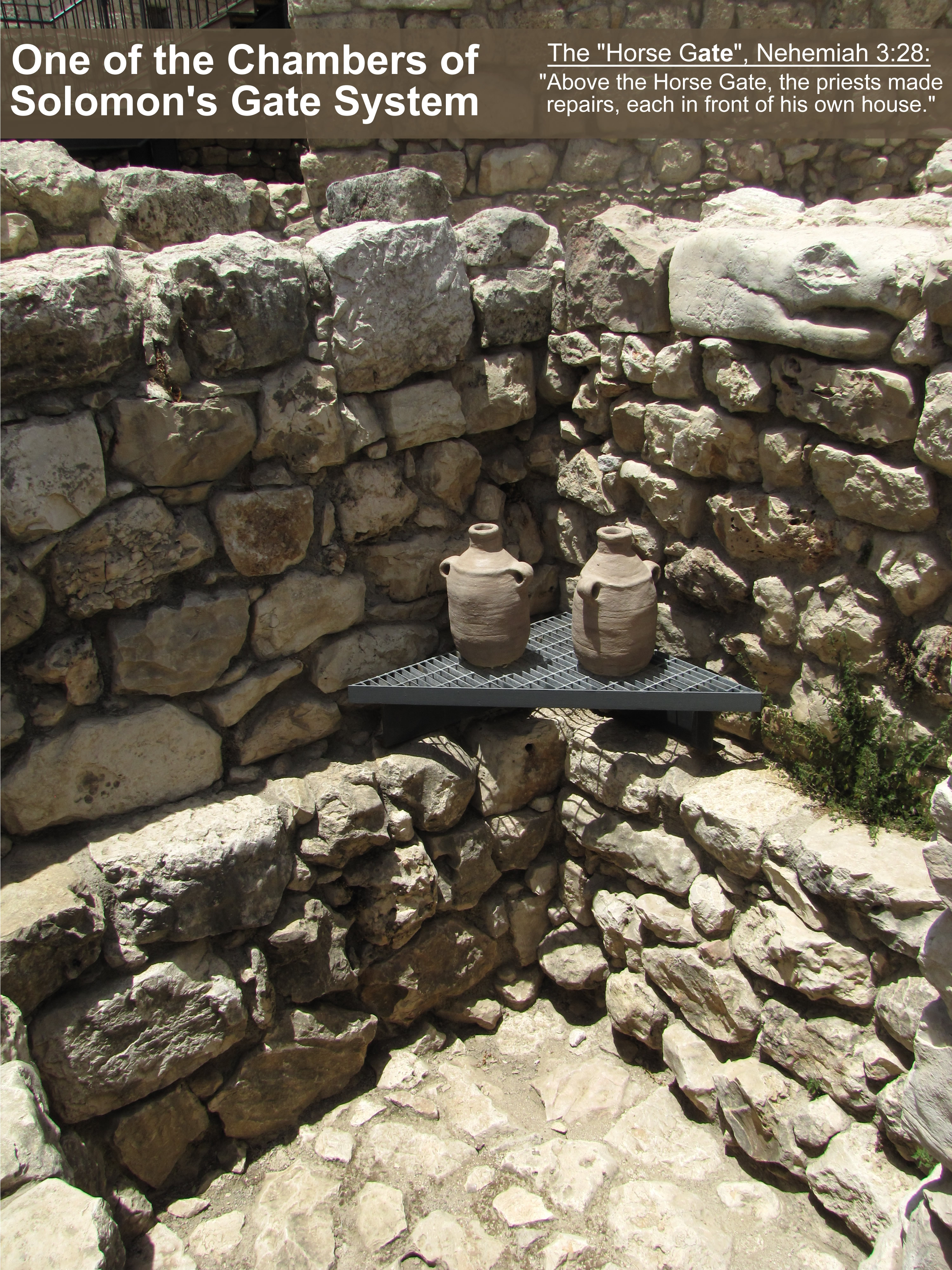
Inside one of the west chambers of the four chamber gate of Solomon on the Ophel called the water gate or horse gatebecause water jars were found here that had been stacked to store water.
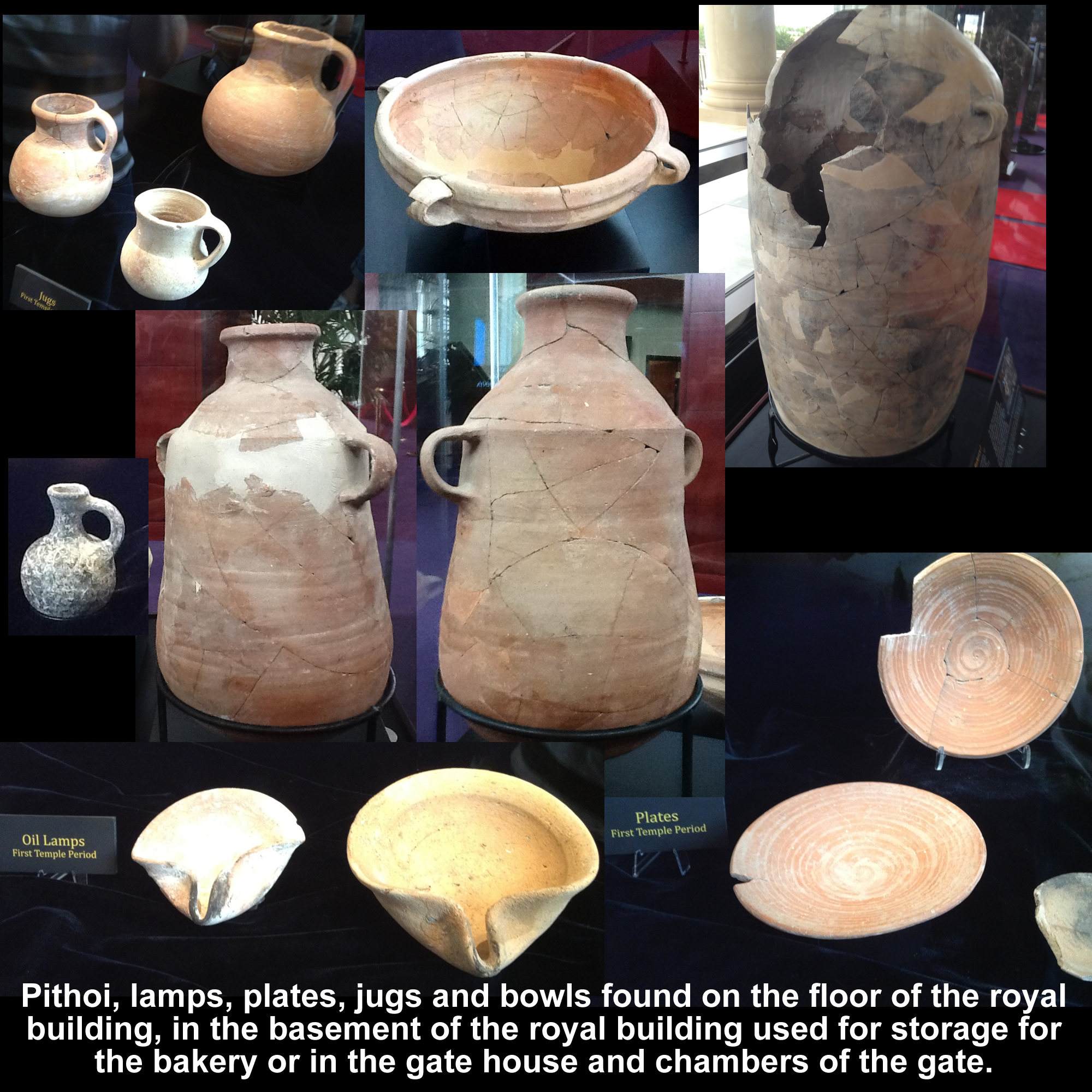
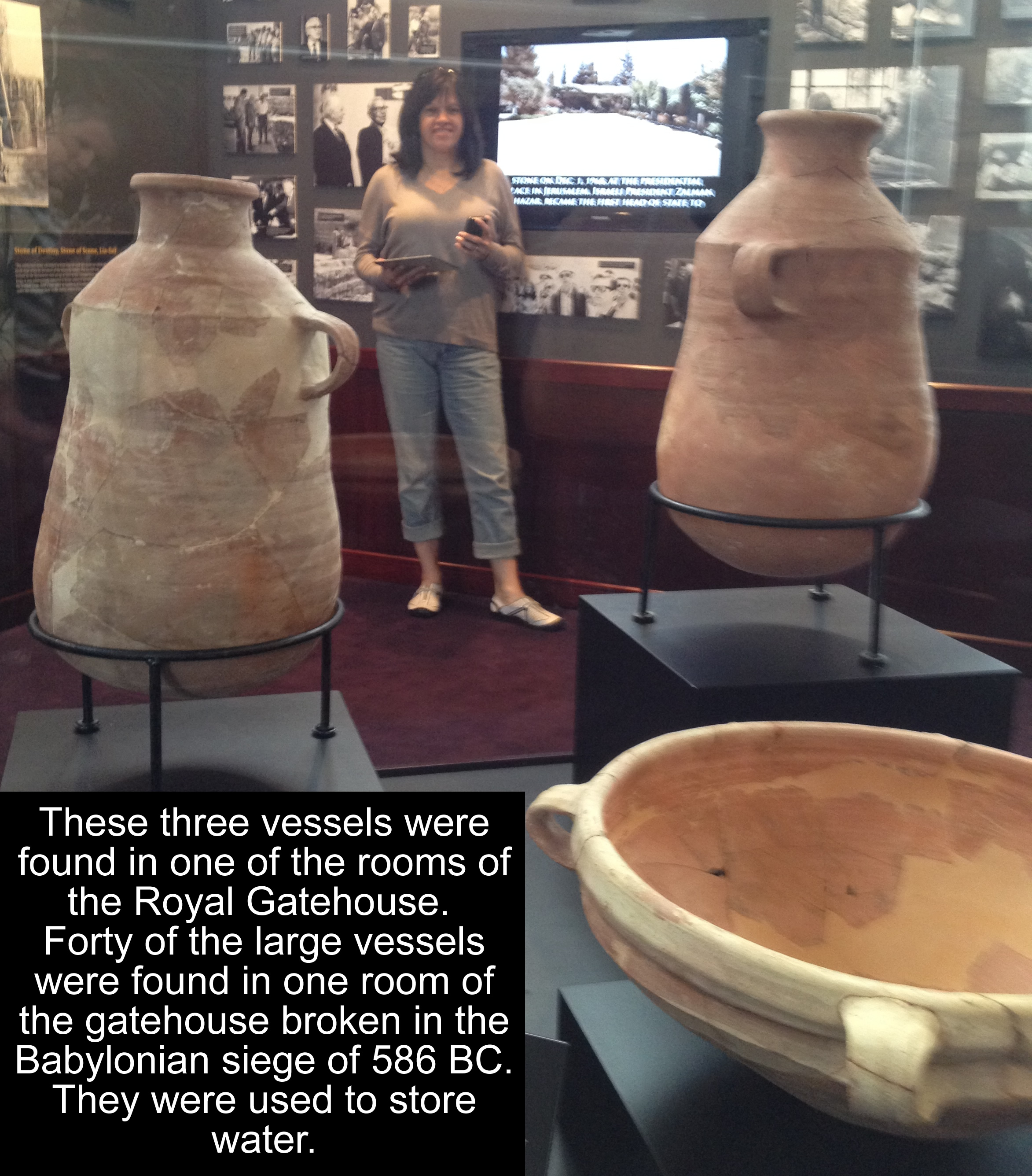
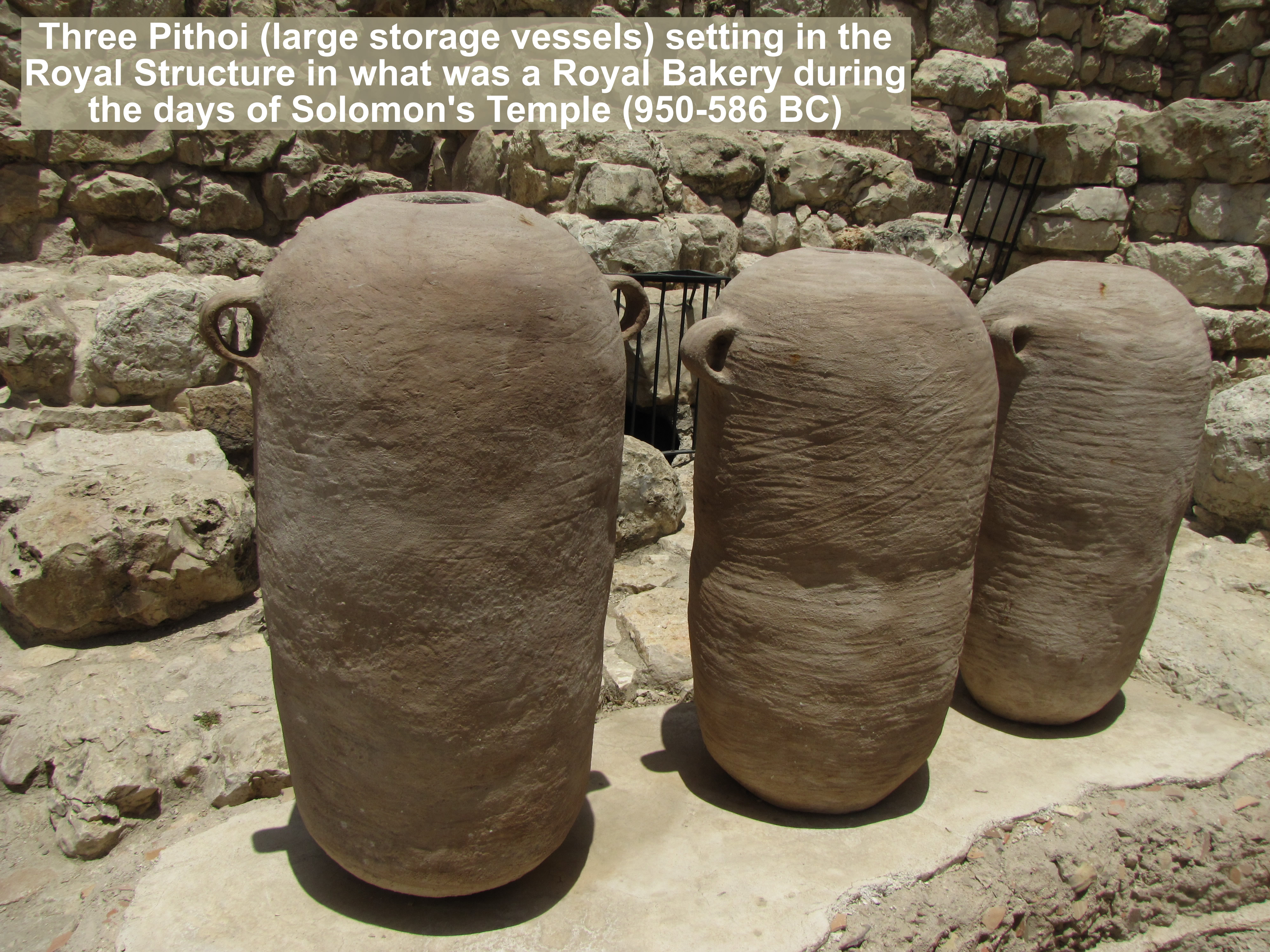
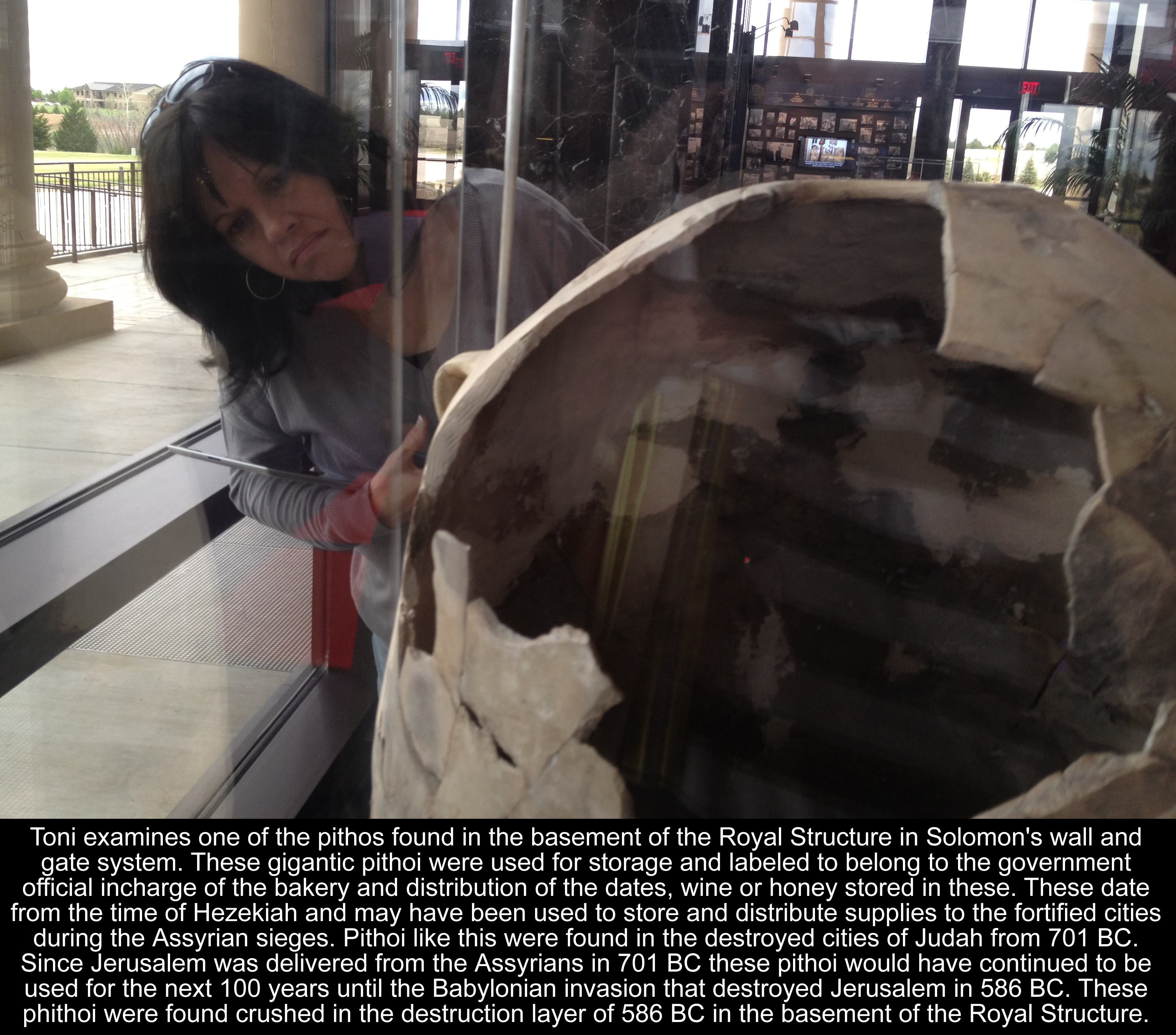
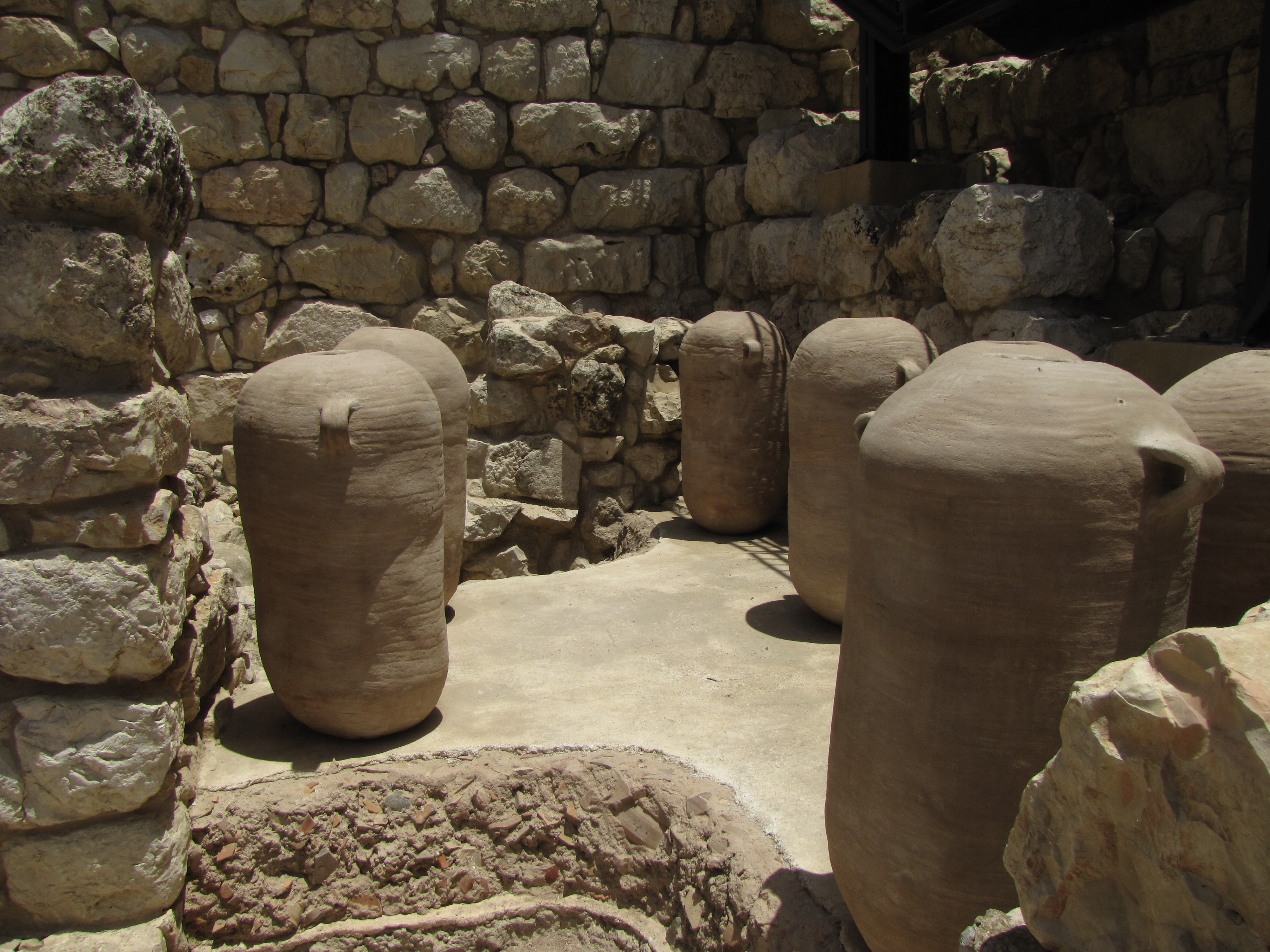
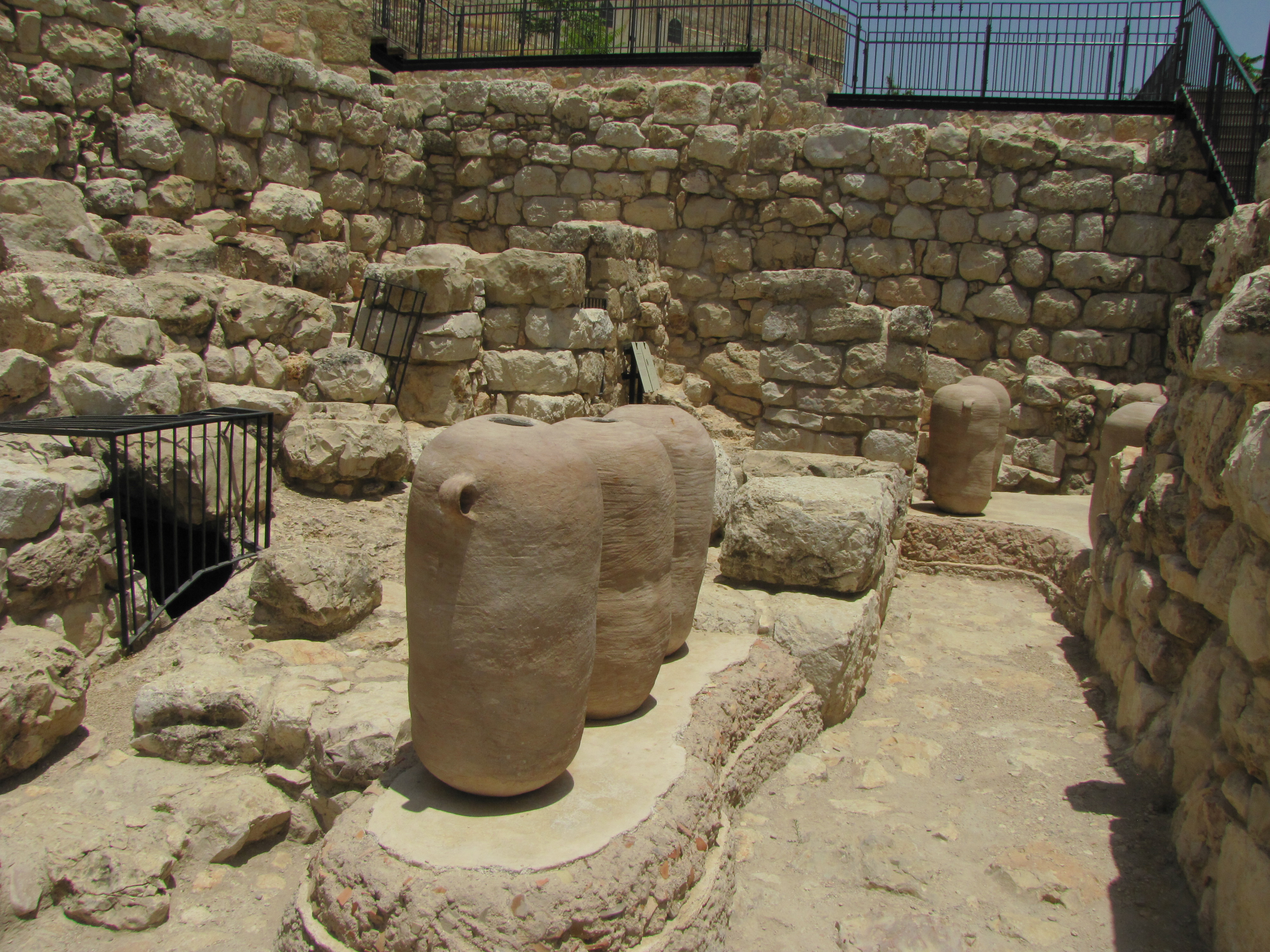
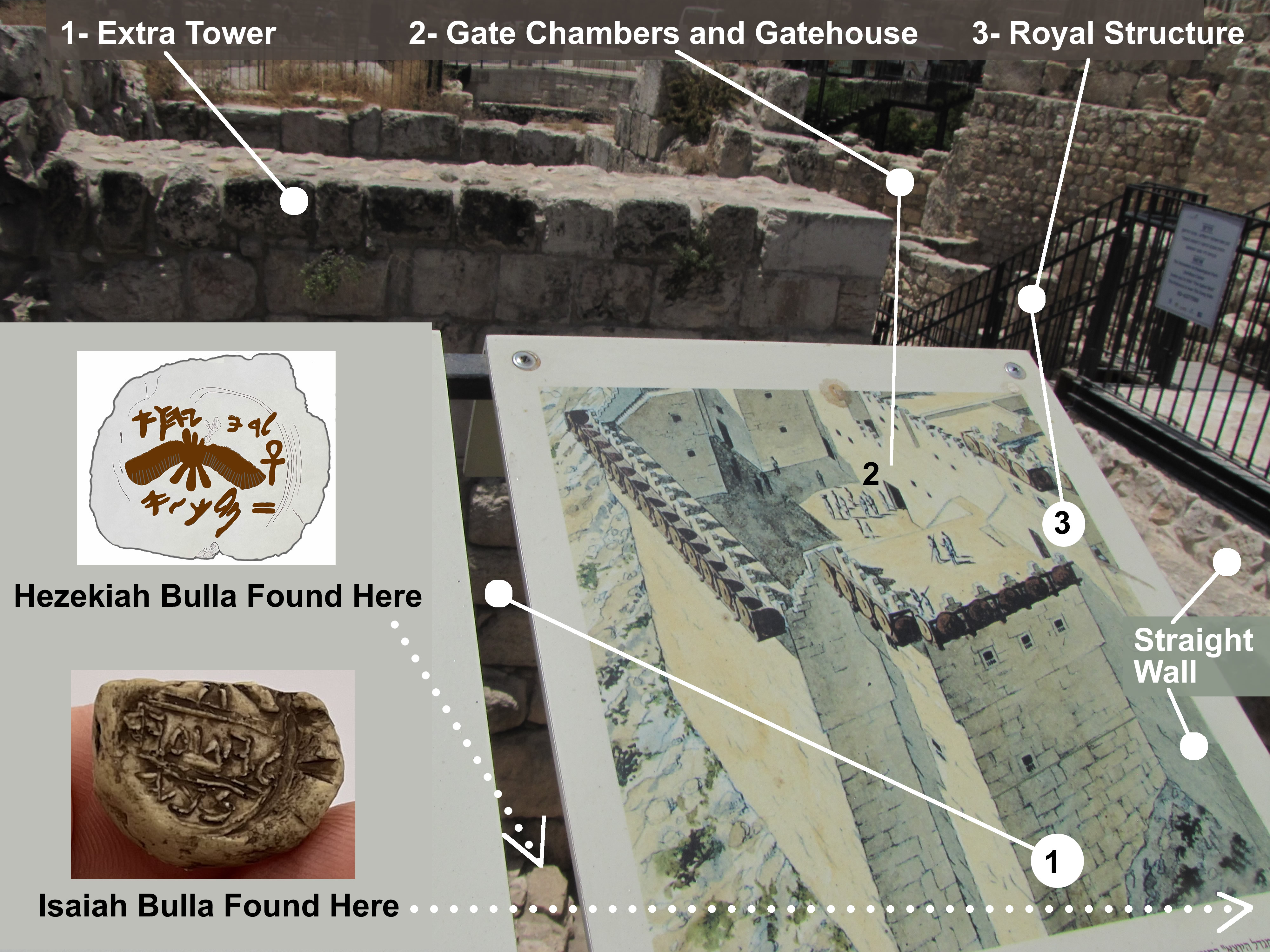
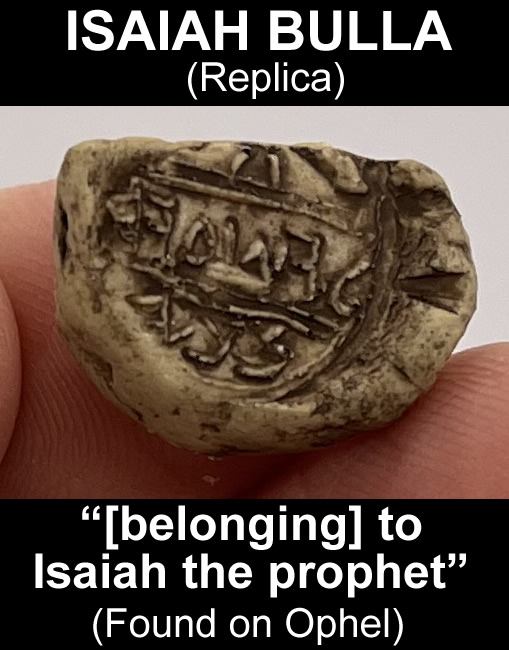 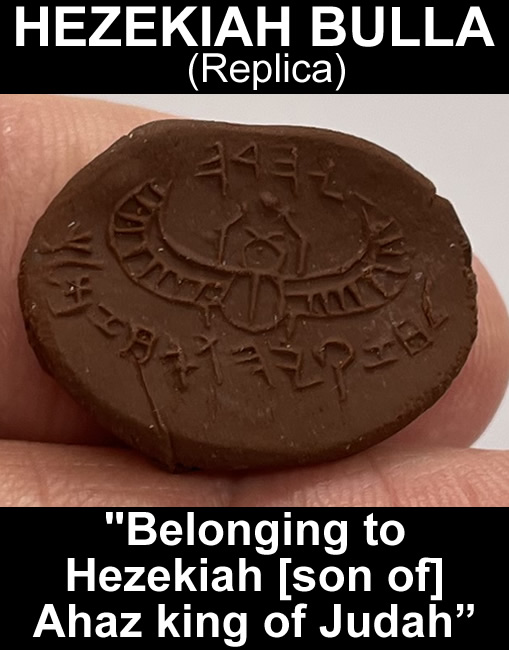
This Isaiah Bulla (image is of a replica) was found on the Ophel by Mazar. The image to the right is an example of a previously found bulla of Hezekiah, but not the one found by Mazar near
the Isaiah Bulla. The drawing below is an image of the Hezekiah Bulla found by Mazar near the Isaiah Bulla outside the Royal Structure and the Extra Tower of the Gate System on the Ophel.
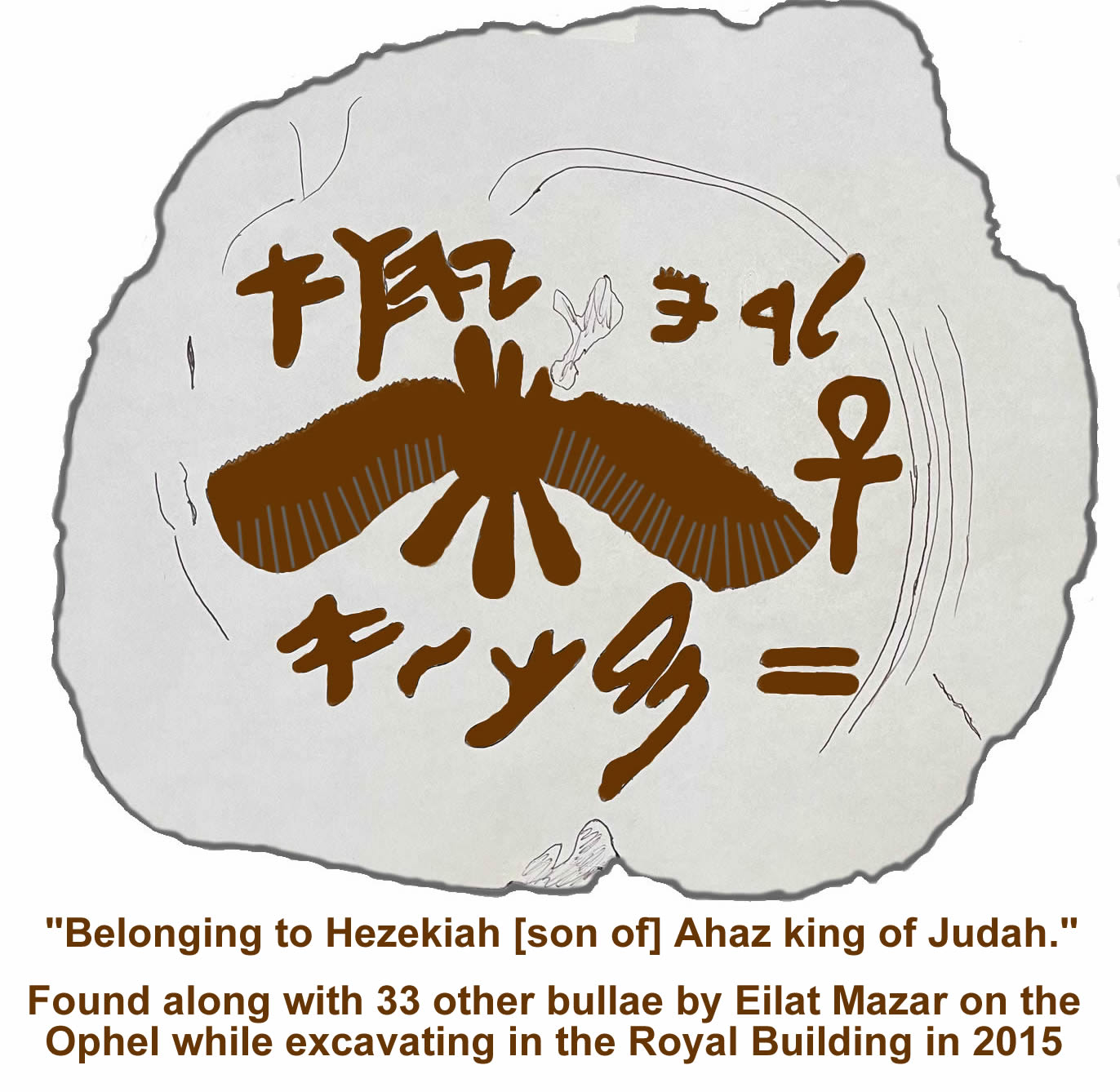
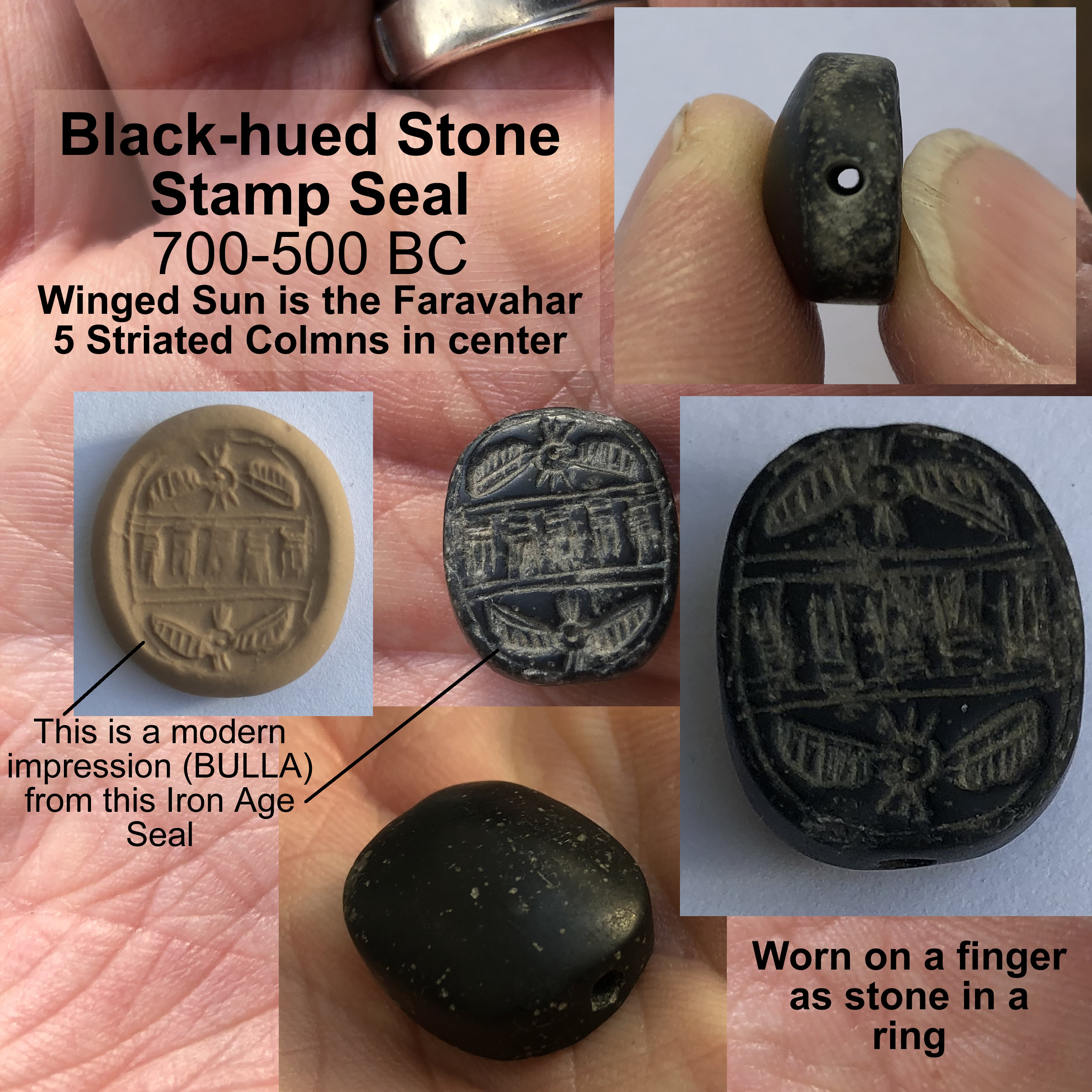
An actual seal that would have made an impression in clay (or, a bulla) with a winged image similar to the Hezekiah Bulla from around 700 BC found by Mazar.
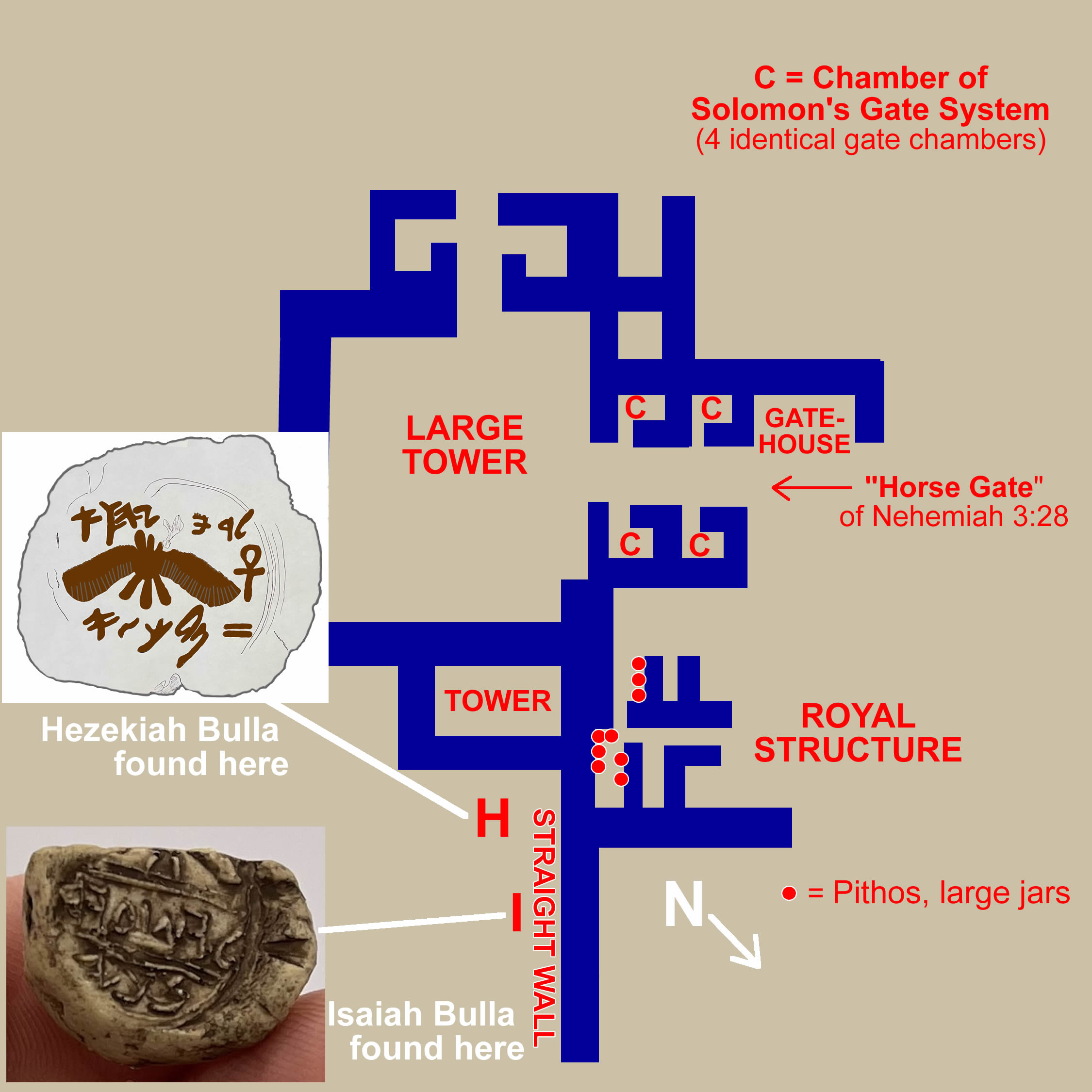
A diagram showing the locations where the Hezekiah Bulla and the Isaiah Bulla were found outside the Old Testament city walls (Straight Wall) of Solomon and the
extra tower that connected to the Larger Tower of the Royal Gate House and Royal Structure of Solomon.
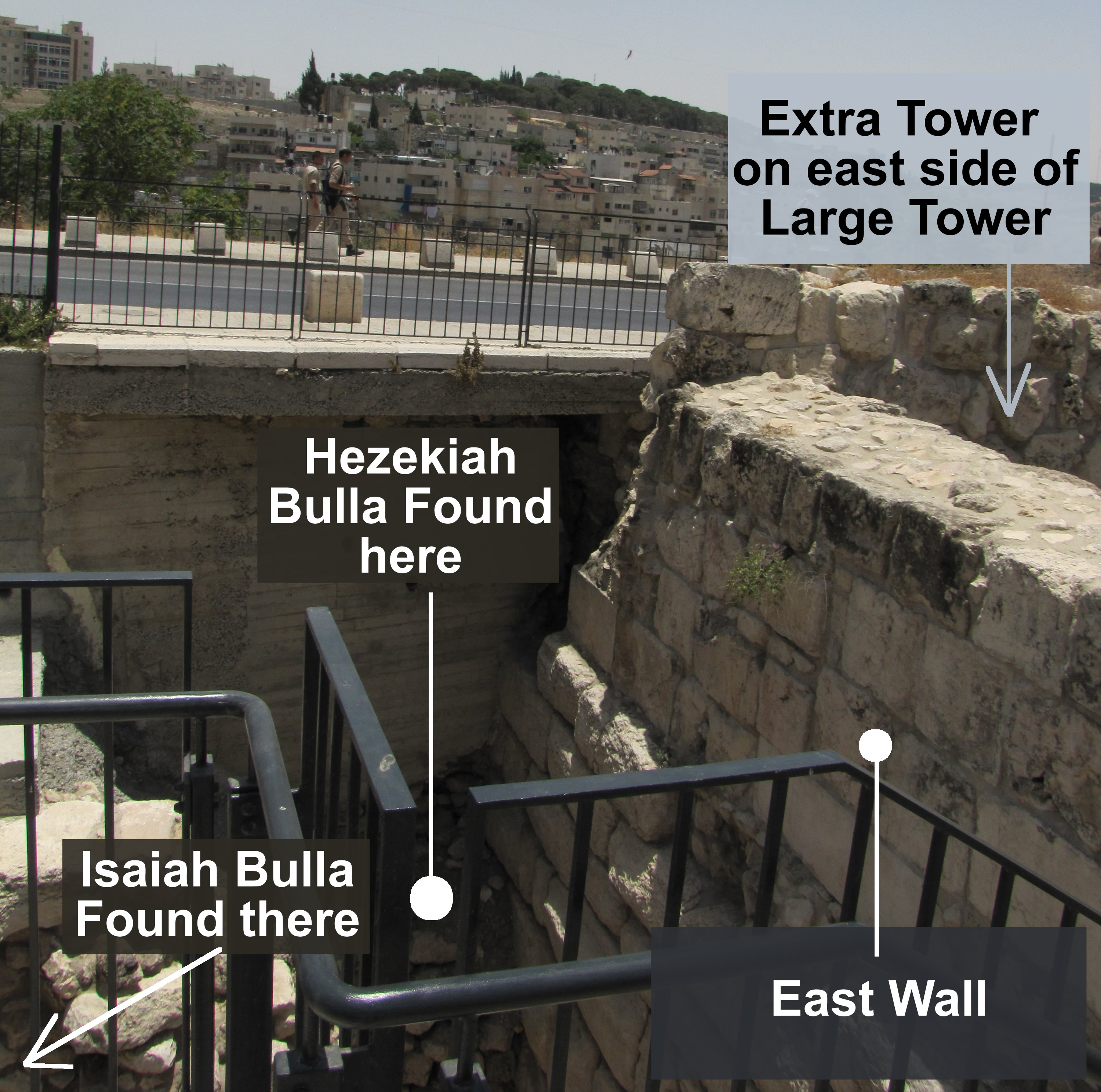
The locations where the Hezekiah Bulla was found outside the east wall of the connected to the Larger Tower and the Isaiah Bulla were found outside the
Straight Wall of the Old Testament city near the Royal Structure in the Gate System of Solomon.
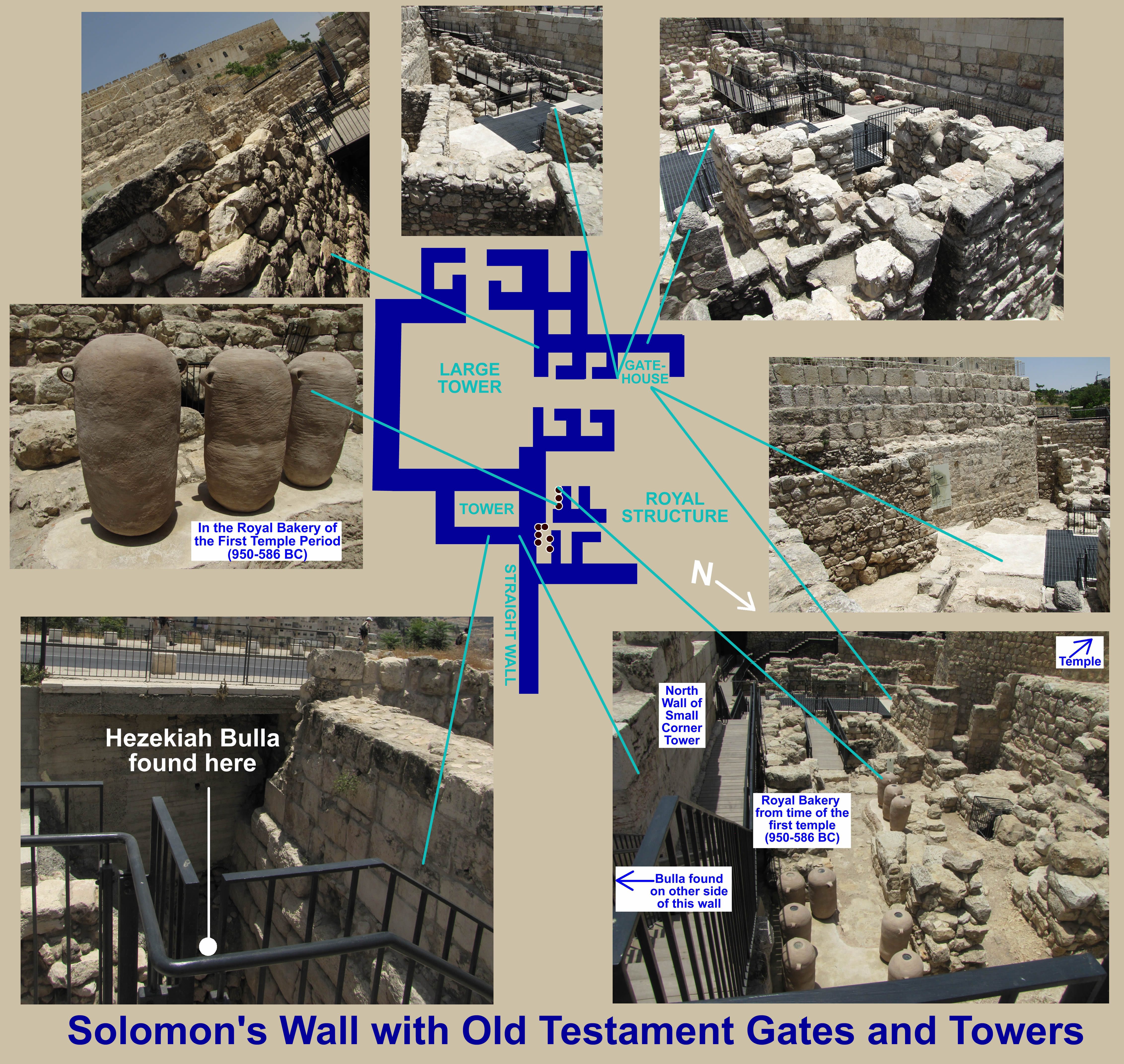
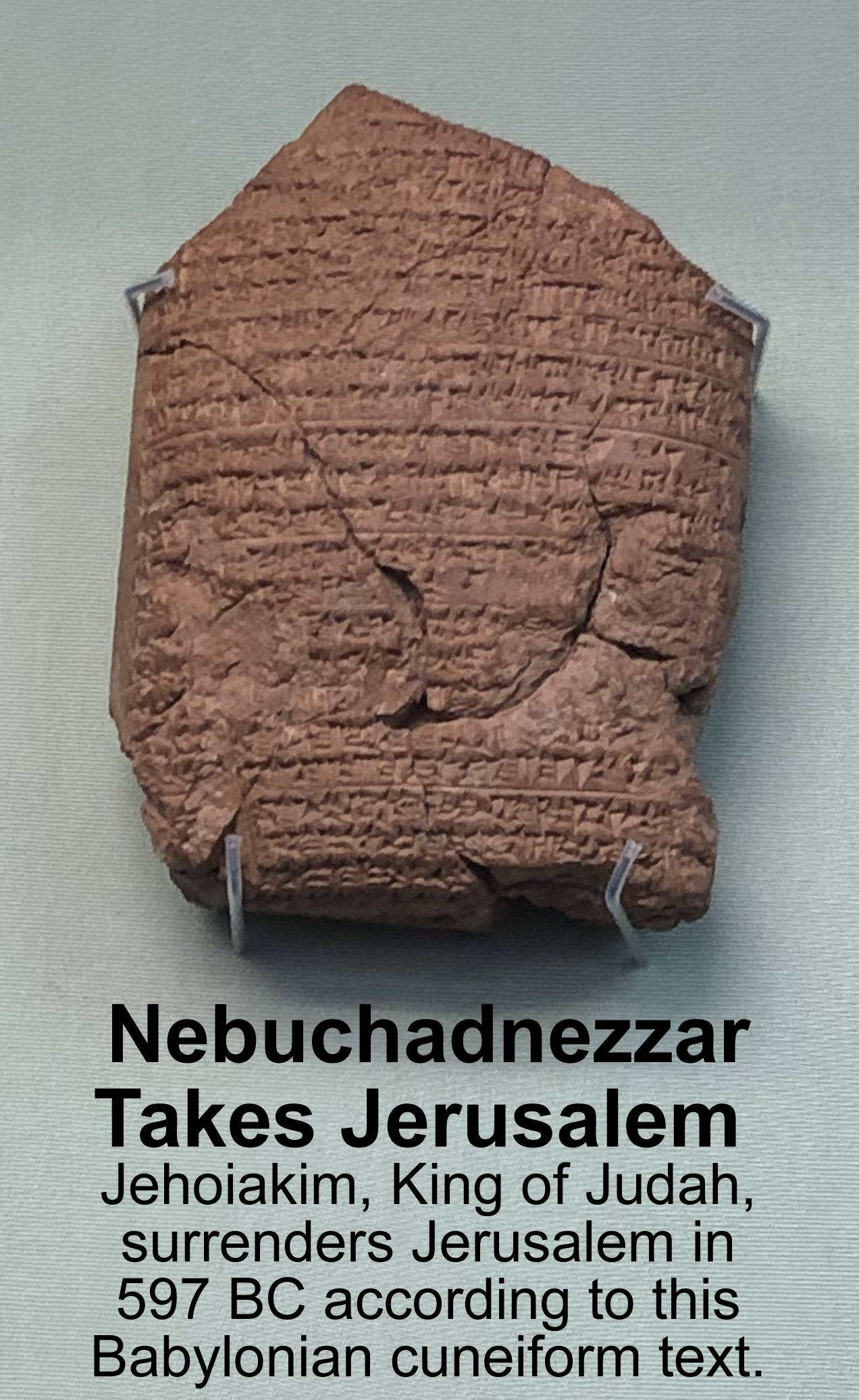
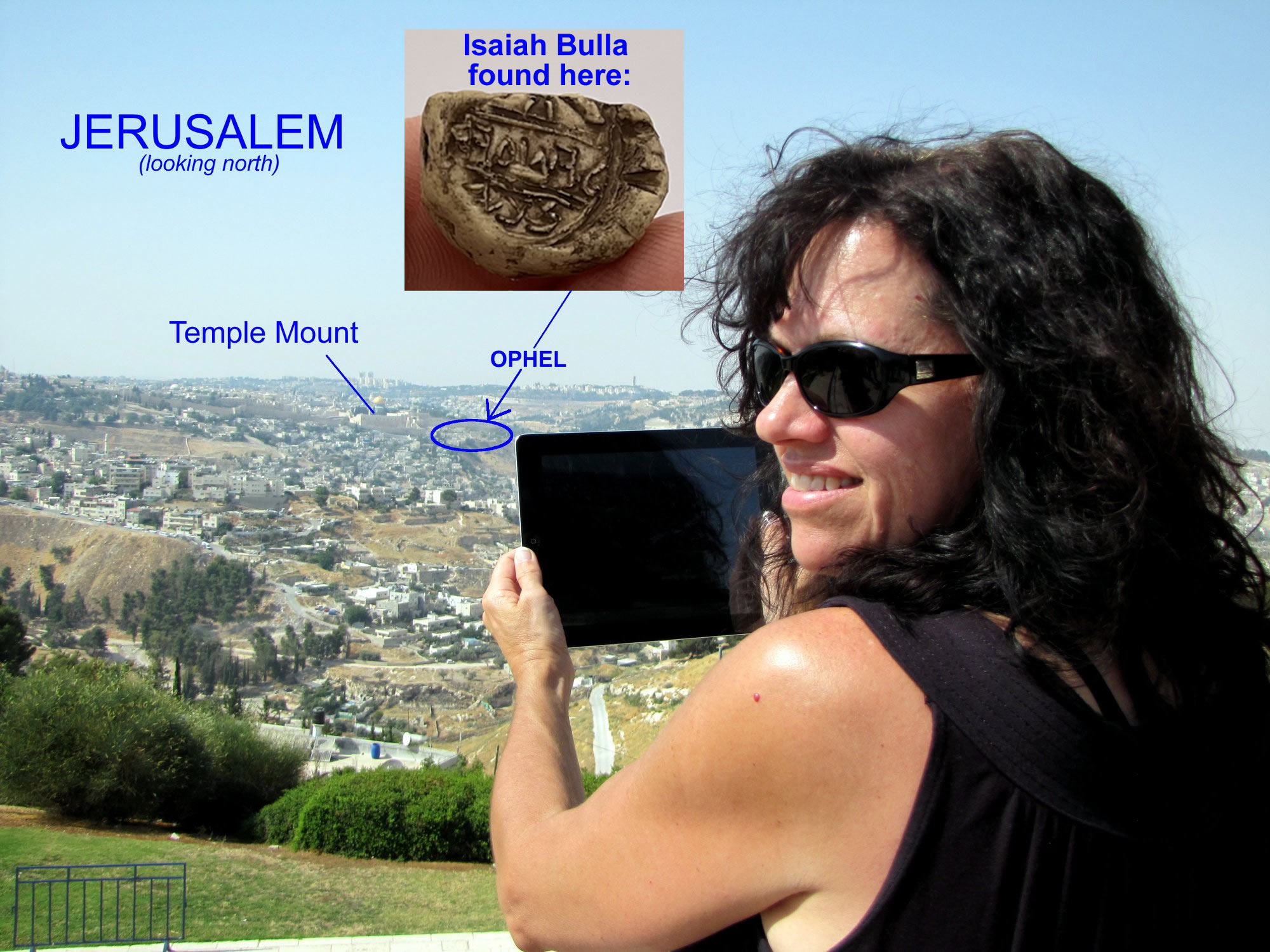
Toni Wiemers stands south of Jerusalem with the Temple Mount and the Ophel in the background. The location of the Isaiah and Hezekiah Bulla discoveries are
roughly identified in the background on the Ophel.
|
